Top 3 Stretches for Better Squat Mobility
For any exercise, proper technique is essential to activate and load the correct muscles and joints. And the squat is no exception.
Good squat technique requires adequate ankle, back, and hip mobility. If there is mobility lacking in any of these areas, the alignment of your squat will be impacted. This further will increase your risk of injuries, such as back and hip issues, and, potentially, create discomfort in your daily life. So, how can you improve your squat mobility? What should you know?
In this article, we’re going to uncover what good squat form involves, as well as the top three stretches you should add to your regular workout routine to improve your squat mobility. Let’s dive in!
What is Good Squat Form?
The squat is a functional exercise. This means it’s commonly used throughout day-to-day life. This is also why many individuals incorporate the squat as one of their main exercises. It spills over into other daily activities and offers an excellent way to gain strength in the lower body and core.
So, what does proper technique look like? Here’s a quick breakdown:
- Stand tall with your feet hip-width apart and your chest up.
- Engage your stomach muscles, bend your knees, and stick your butt out as if you were going to sit in a chair. Make sure your knees don’t track over your toes, and don’t hunch forward. Your feet and heels should remain on the ground throughout the movement.
- Pause when your thighs are about parallel to the floor, then push back up to the starting position (thinking about pushing through your heels can help here!).
A few important things to note: The squat requires really good hip flexor mobility. Your hips flex as you squat down to sit in the invisible chair. Furthermore, if you don’t have adequate ankle mobility, your heels might rise off the ground during this exercise. So, let’s explore a few exercises to ensure your hip and ankle flexibility is up to speed to achieve optimal squat form.
How Do I Become More Flexible for Squats?
While a warm-up can definitely help, adding a few mobility exercises into your regular regime can further your mobility, particularly that of your ankles and hips. These are the top three exercises you’ll want to try:
1. Hip Flexor Stretch
The hip flexors stabilize the pelvis during the squat and help you assume the bottom squat position. Having flexible hip flexors is essential for achieving good depth in your squat. Considering many people sit all day for work, most individuals should regularly do this type of mobility exercise to loosen these muscles.
Here’s how to perform the hip flexor stretch:
- Assume a low lunge position.
- Drop your back knee to the ground (Placing a pillow or cushion underneath your knee can enhance comfort).
- Keeping your torso tall, gently lean forward. This should lengthen the hip flexor of your back leg.
- Hold here for 20-30 seconds, then perform the stretch on your opposite side.
2. Calf Stretch
For improving your squat, you’ll definitely want to strengthen your calf muscles via isolated exercises (like the calf raise or press). On top of this, having good calf mobility helps improve ankle stability and flexibility throughout the movement.
Here’s how to stretch your calves:
- Stand facing a wall with both hands on the wall.
- Place one foot back, bending your front leg’s knee.
- Lean slightly forward until you feel a stretch in the back leg’s calf. Make sure to press your heel down into the floor.
- Hold here for 20-30 seconds, then repeat on the opposite side.
3. Ankle Rocks
This is another stretch targeting your ankle mobility. However, unlike the above isometric stretches, this one has a dynamic element.
Here’s how to do it:
- Squat as low as you comfortably can. If needed, do this stretch next to a wall or a squat rack where you can hold onto the post.
- Gently rock your body from side to side while keeping your heels on the ground. As you rock, you should increase ankle flexion.
- Do each side about 5-10 times, then come back to standing.
How Long Does It Take to Improve Squat Mobility?
If you perform the above stretches for 4-6 weeks, you should see improvements in your squat mobility after this time. You might notice it’s easier to get to the bottom of your squat without tight hip flexors. Or you might notice you no longer worry about your heels coming up and off the ground. Either way, you’ll be less prone to injuries and more likely to gain strength and muscle in the right places!


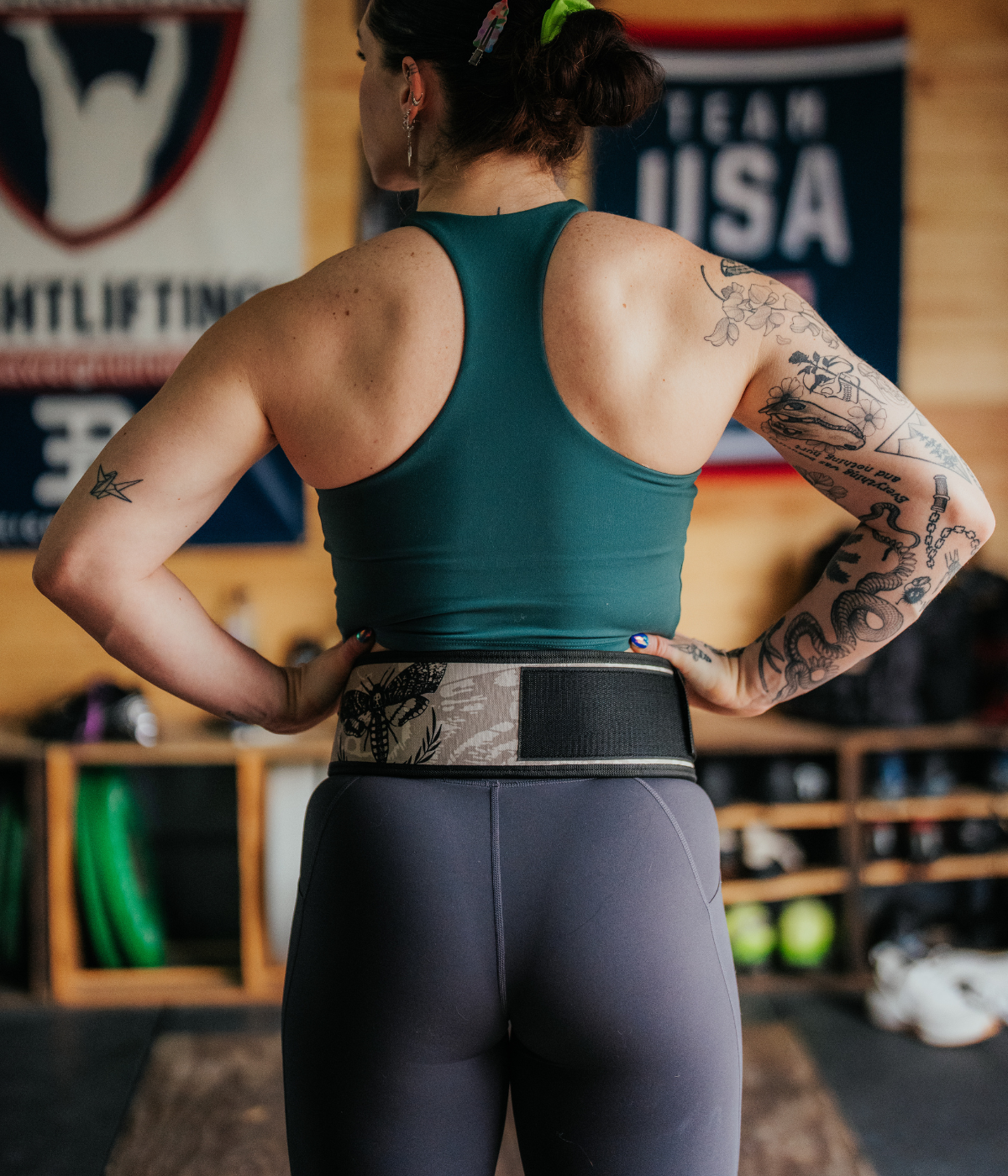
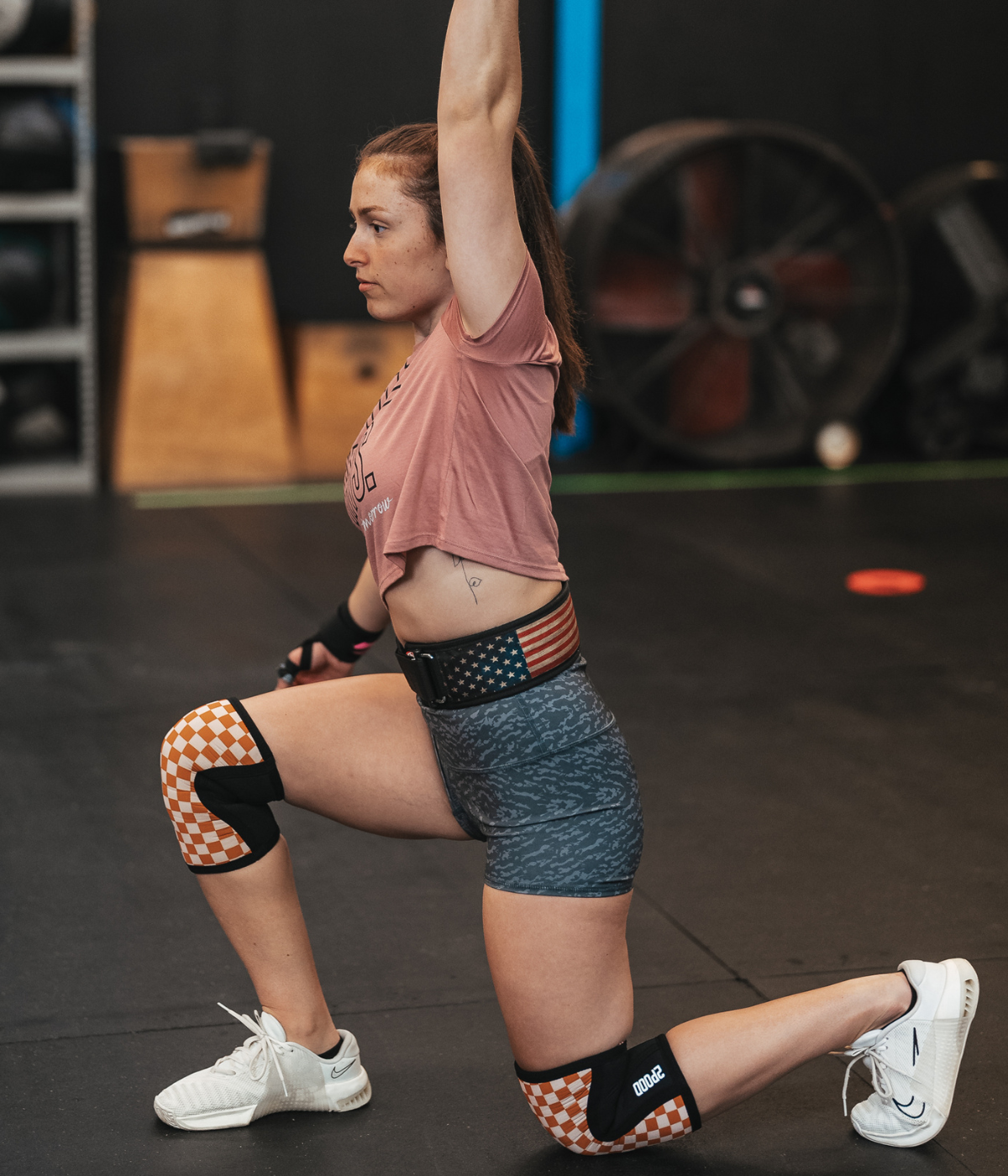
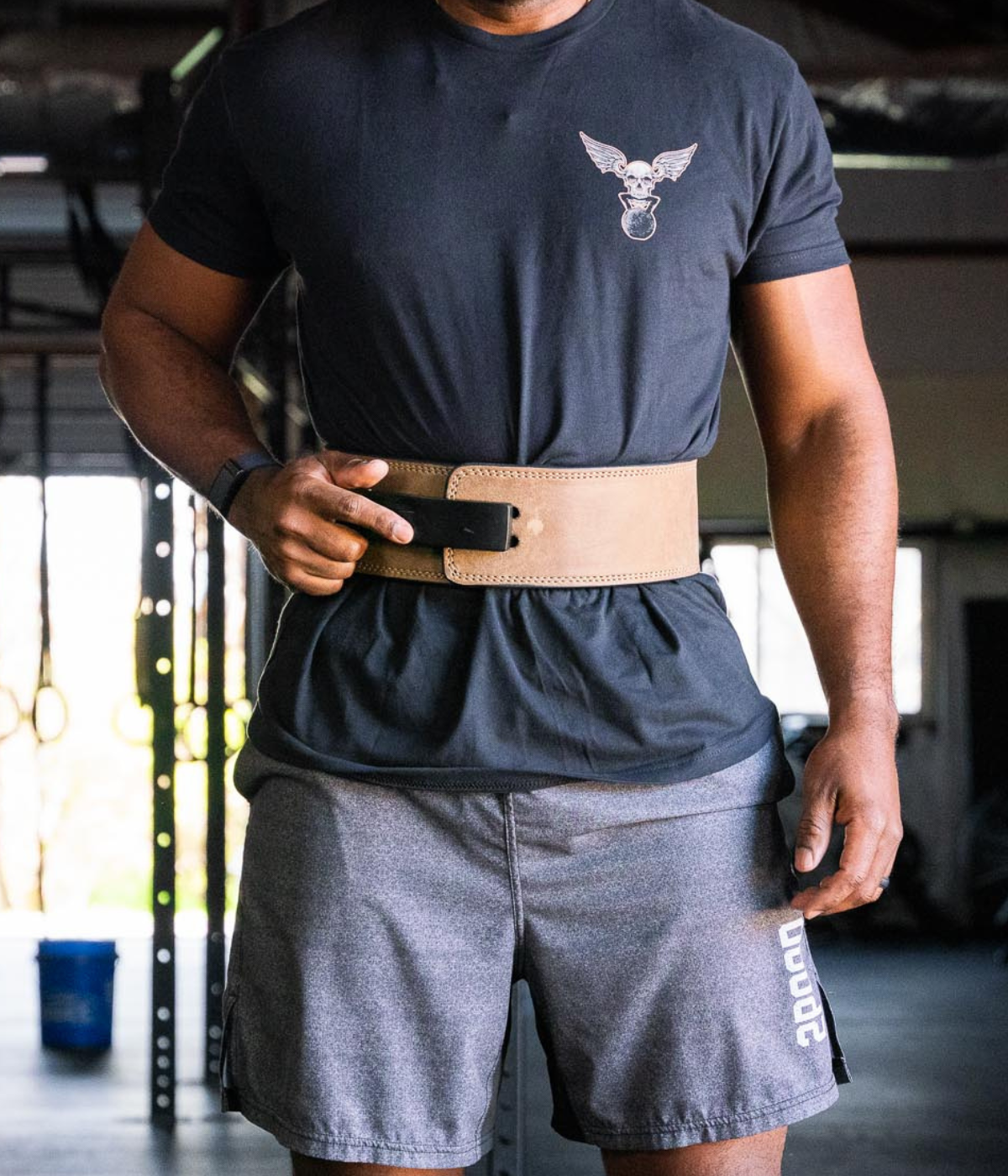
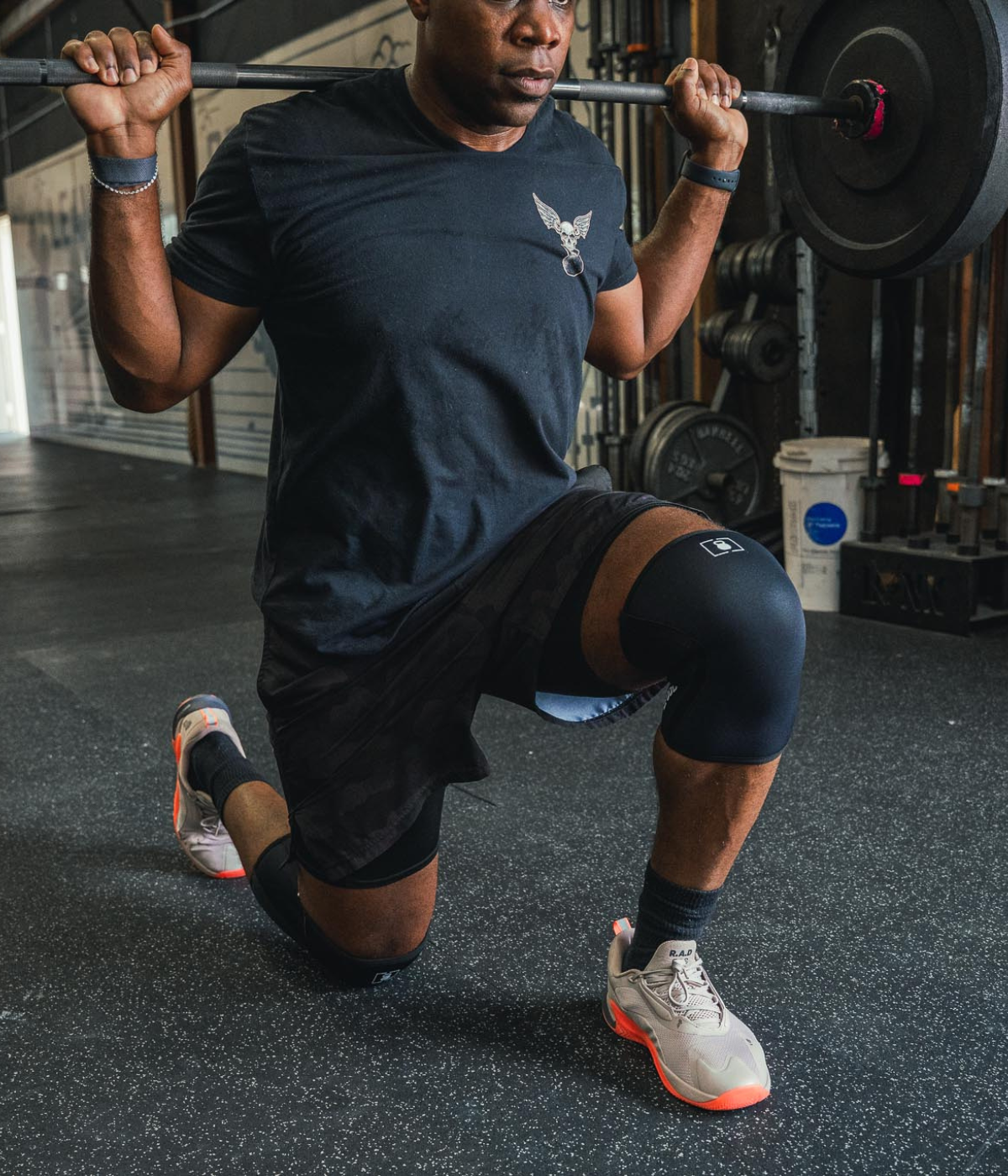
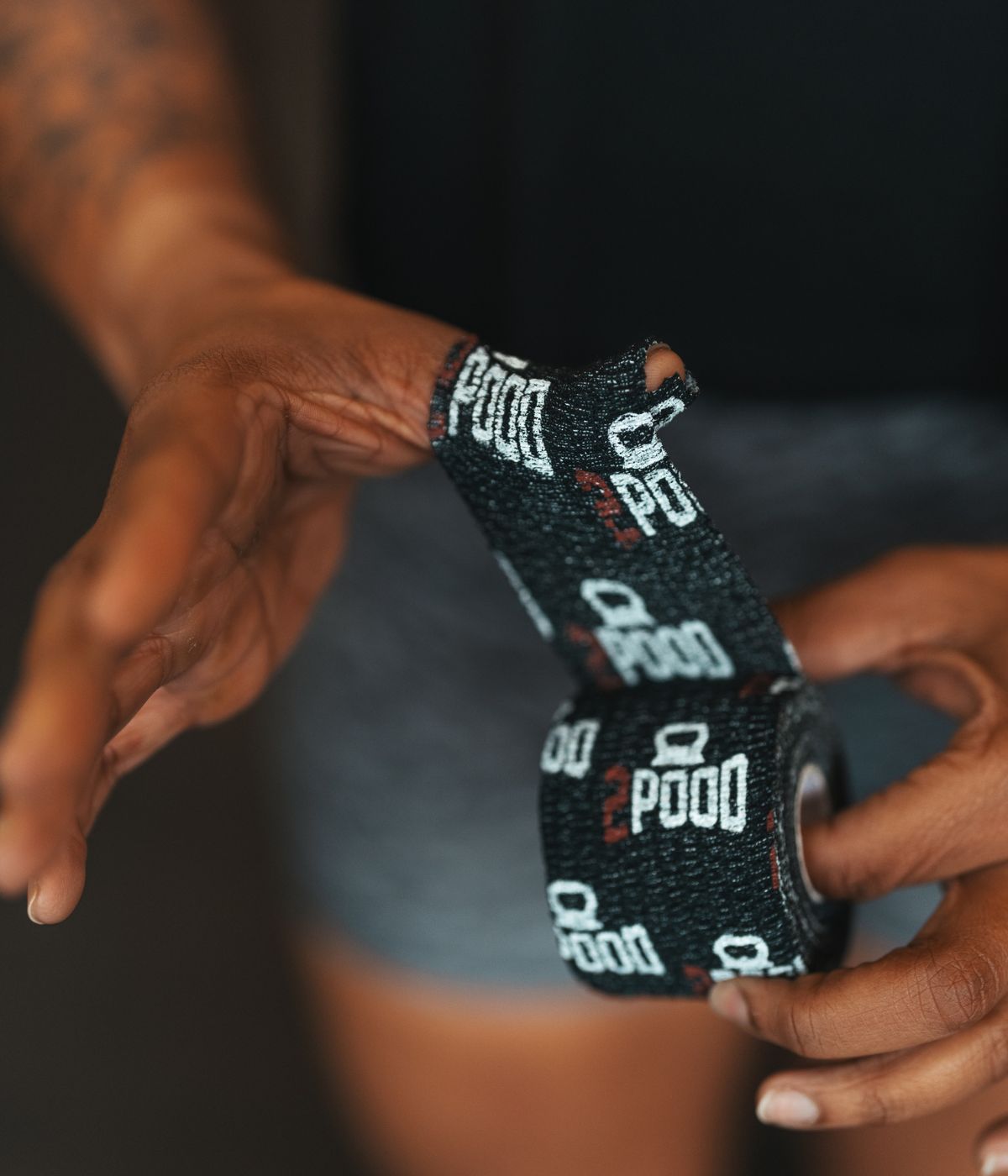
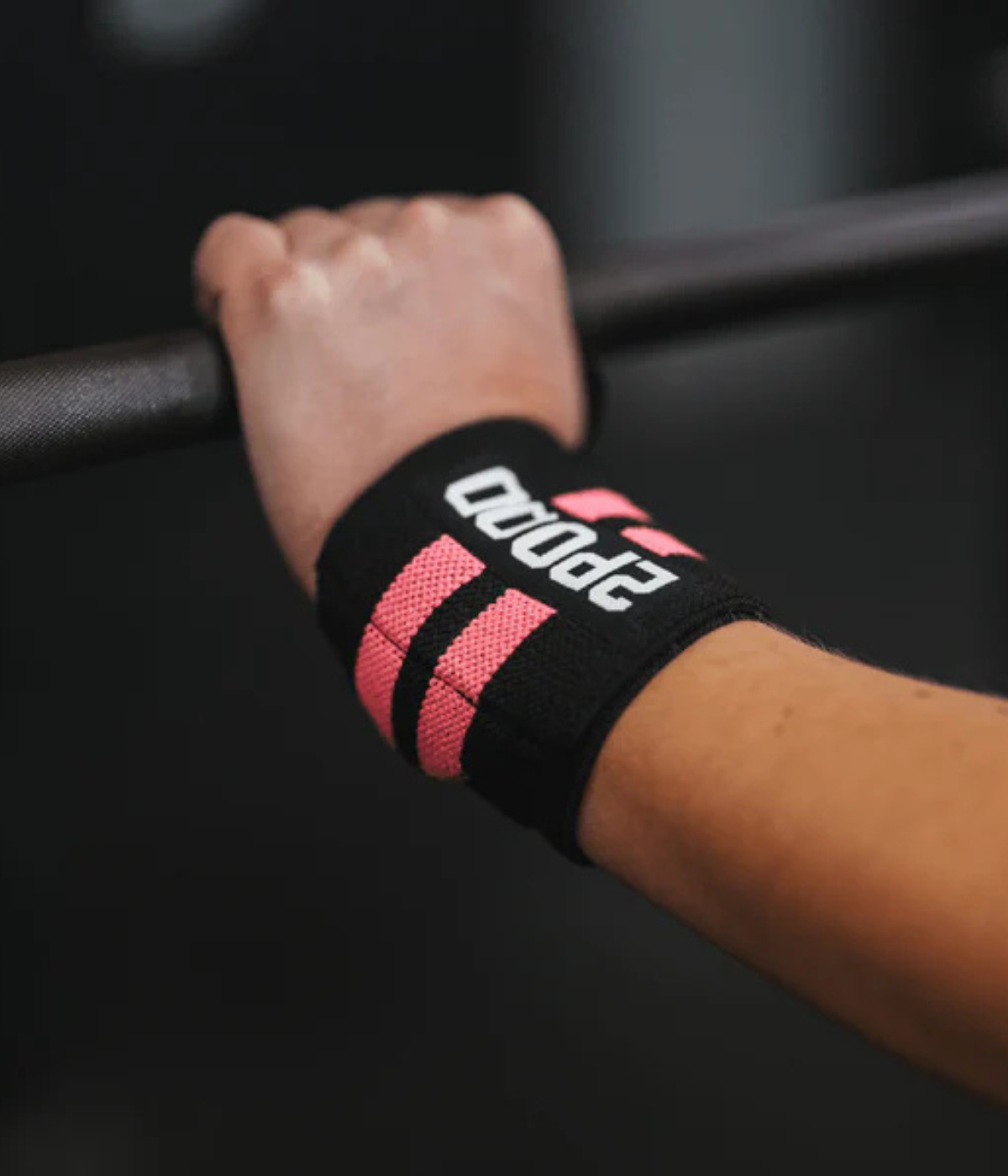

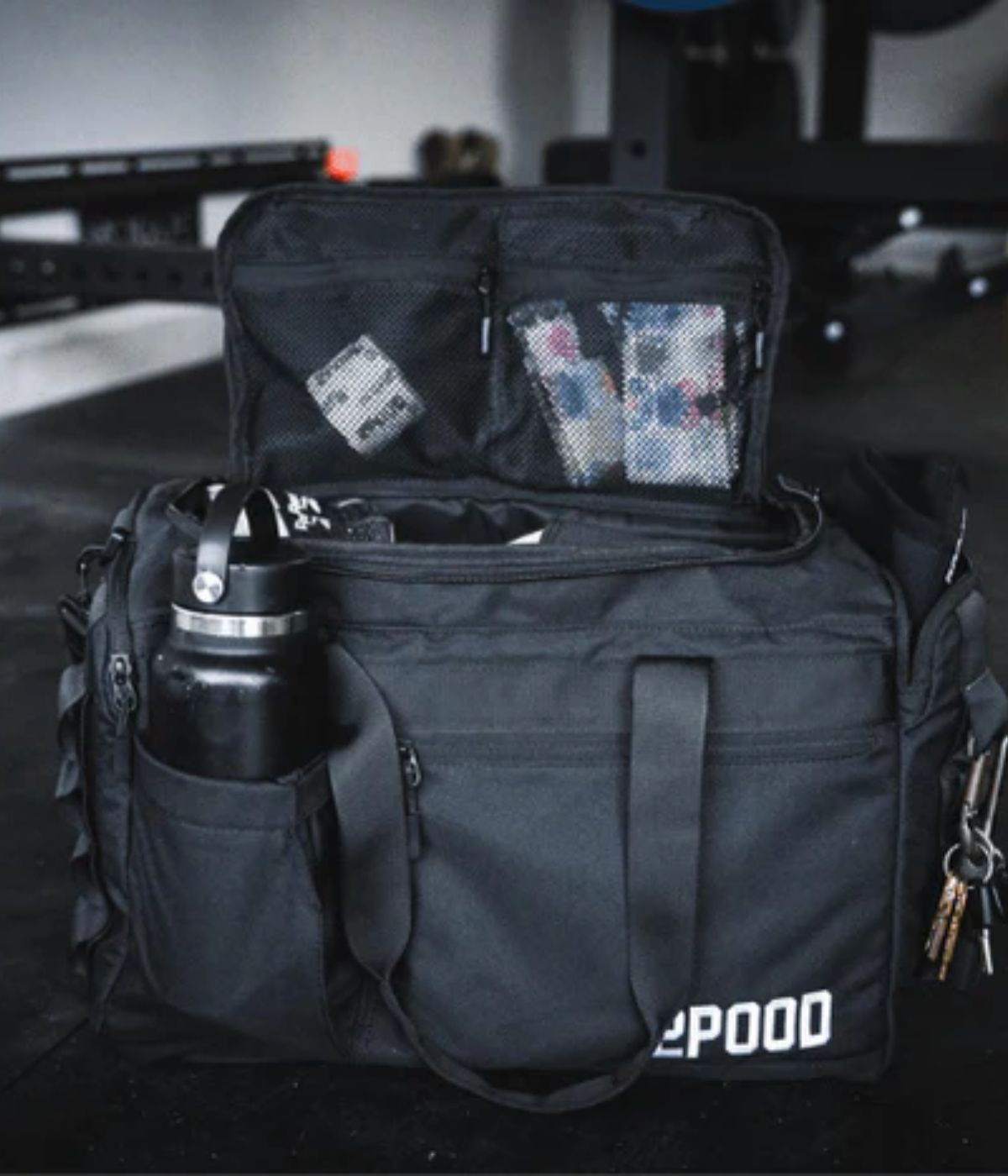



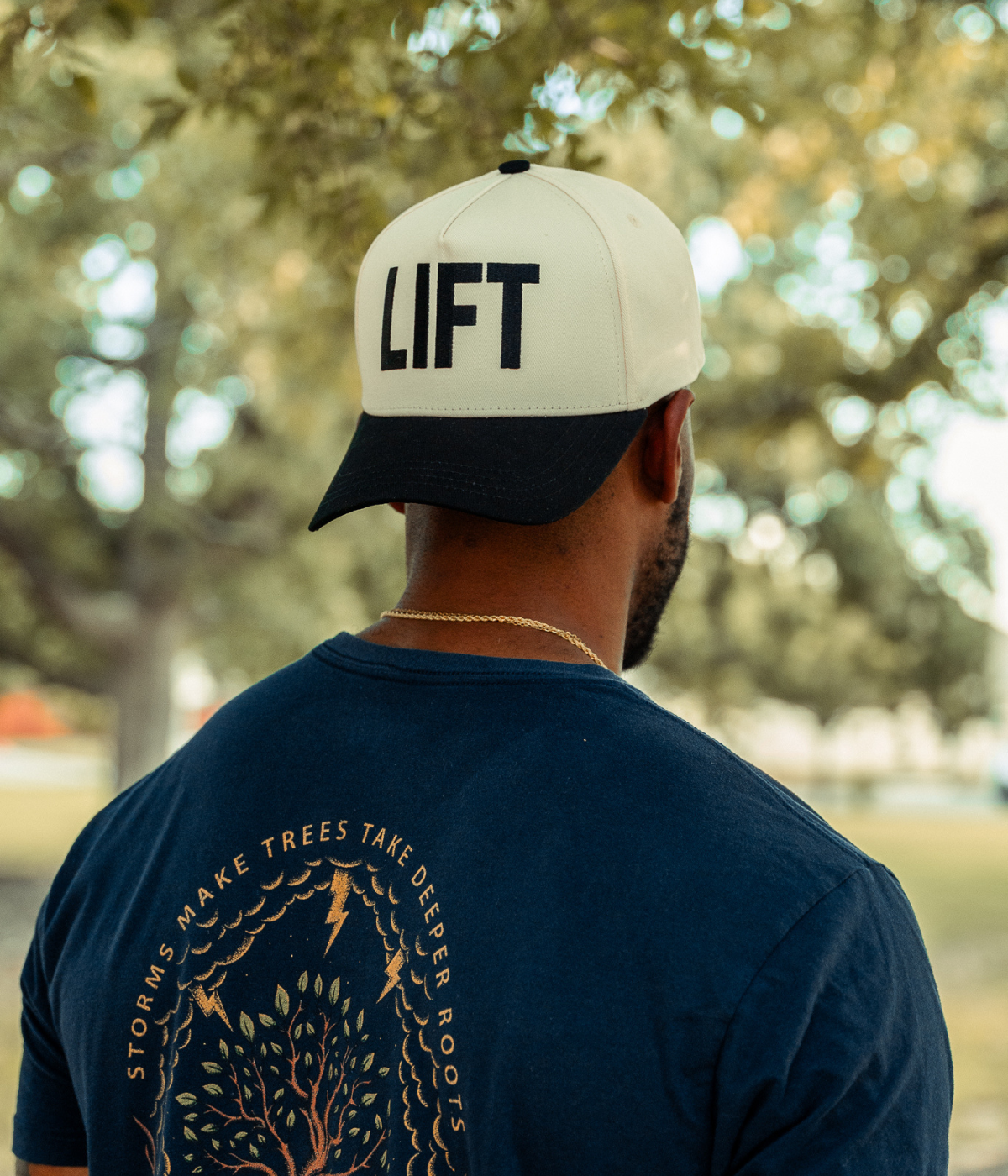
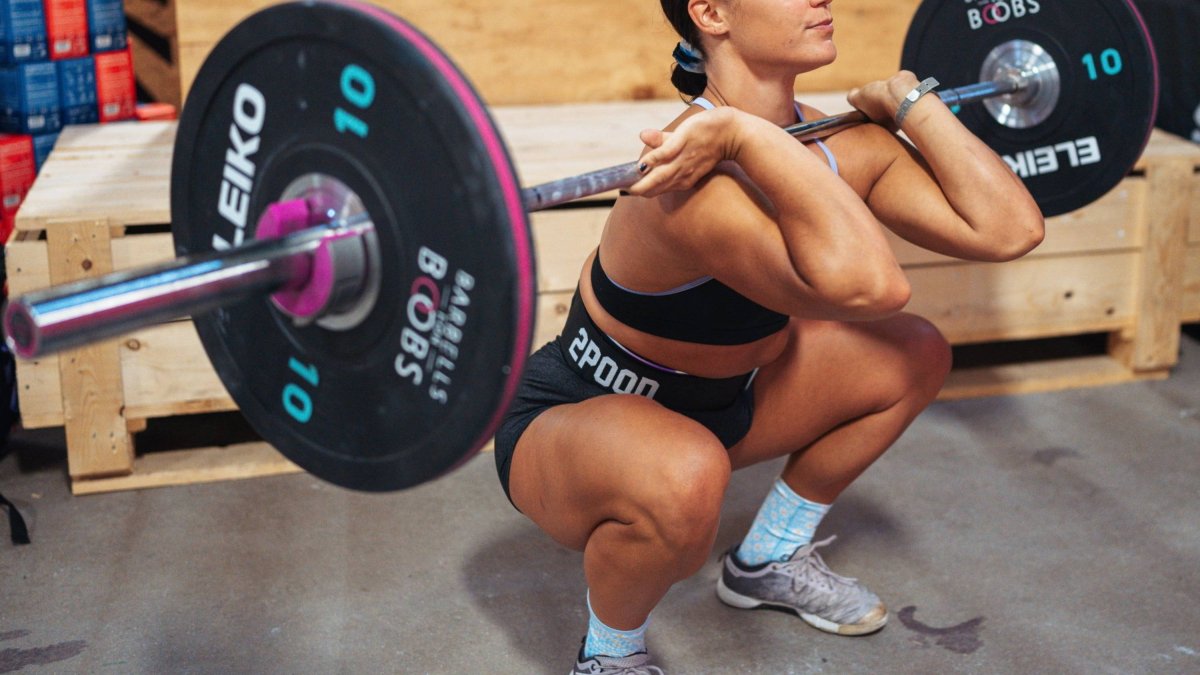
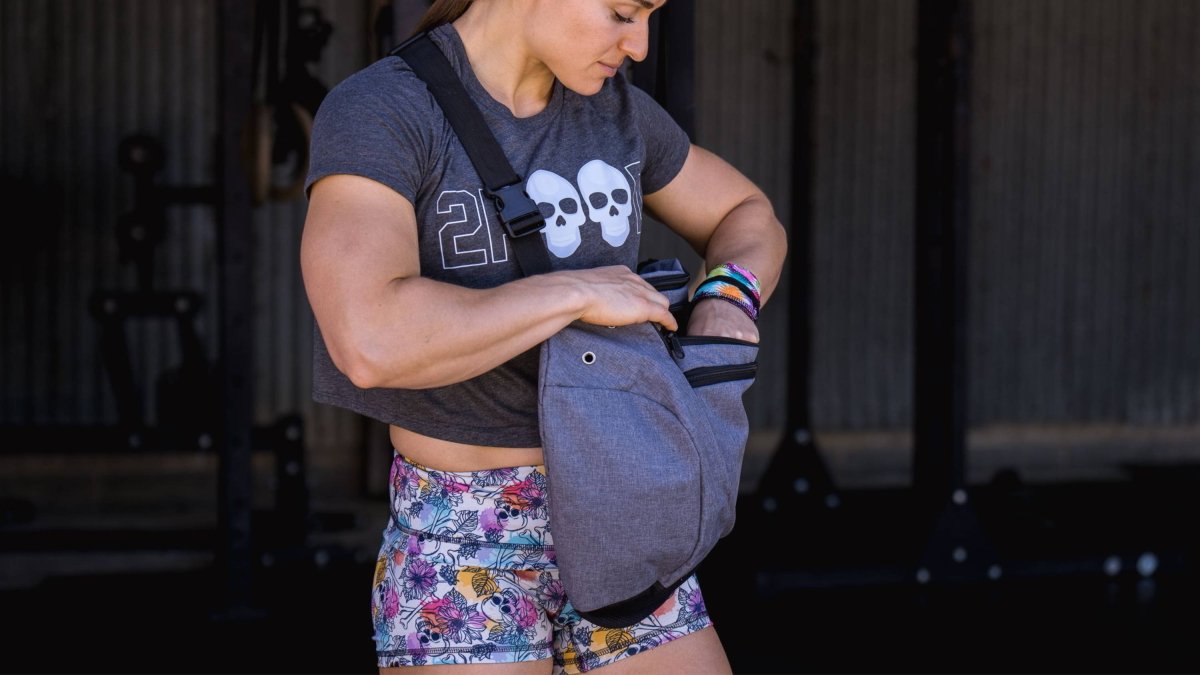
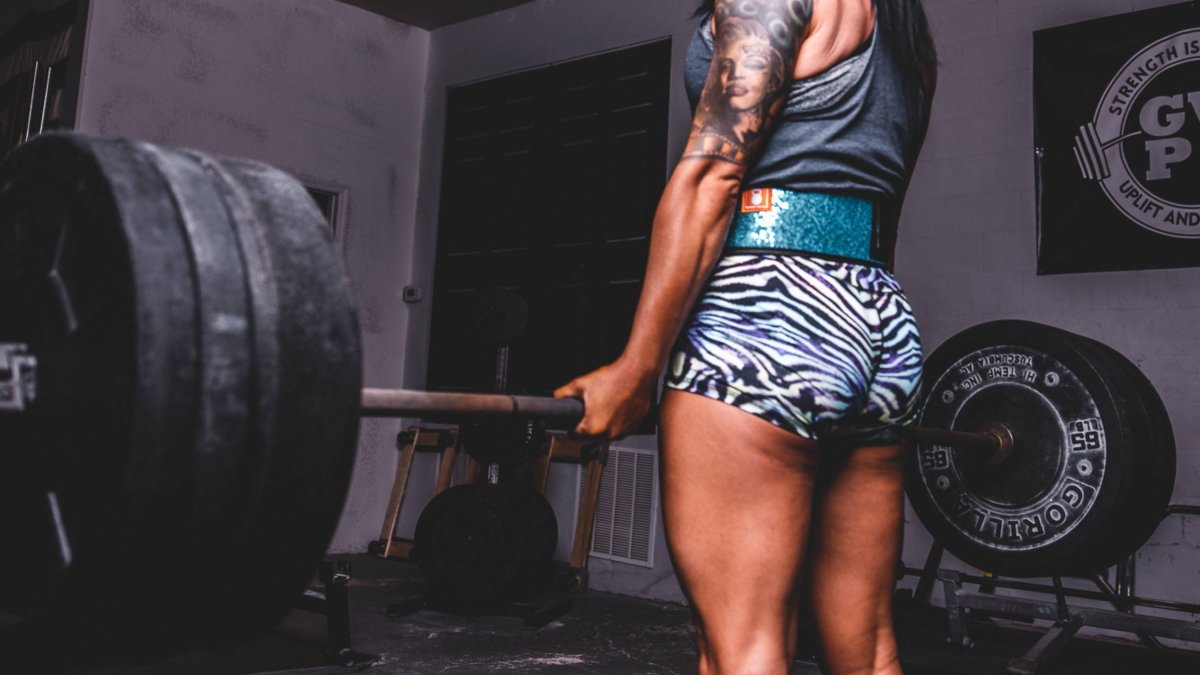
Leave a comment
All comments are moderated before being published.
This site is protected by hCaptcha and the hCaptcha Privacy Policy and Terms of Service apply.